
Barbara Laker
staff writer

staff writer
“Toxic City: Sick Schools,” a three-part Inquirer investigative series, won the $5,000 Gannett Award for Innovation in Watchdog Journalism, which will be presented to The Inquirer at IRE’s June conference in Houston.

Gov. Tom Wolf traveled to Taggart Elementary School in South Philadelphia to tout his proposed four-year, $4.5 billion Restore Pennsylvania initiative to fix crumbling schools, eliminate blight, repair storm damage, and expand high-speed internet across the state.

A dynamic team blended traditional street reporting with innovative scientific testing for a hard-hitting series on how the city's schoolchildren are being poisoned by lead.
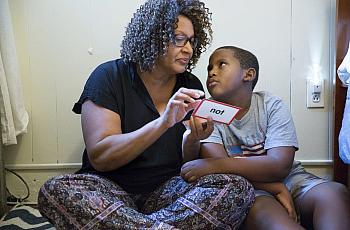
These are some questions and answers about what city, state, and school officials have accomplished in the wake of the Inquirer’s “Toxic City” investigation, and some shortfalls that remain.
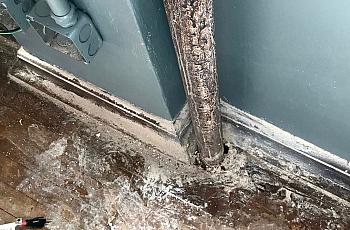
After the successful cleanup of more than half a dozen schools, and with 38 more planned, the School District of Philadelphia is getting accolades for its aggressive, revamped efforts to protect students from lead paint.
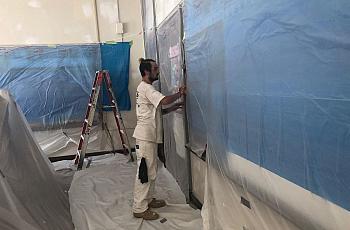
A year after a first grader was severely poisoned from peeling lead paint in his classroom, City Council on Thursday unanimously passed historic legislation aimed at ensuring such an injury never happens again.

A Philadelphia classroom is filled with dangerous levels of lead and asbestos while the unresponsive school district is missing in action.
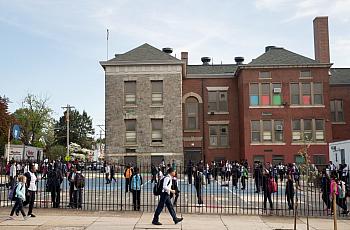
That latest result is more than 100 times higher than the level that health experts say is cause for alarm.
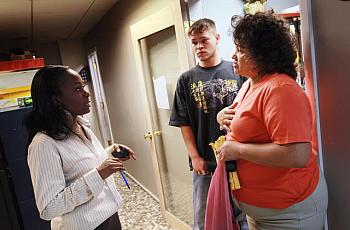
From harmful dust to toxic fumes, poor oversight is blamed as school repairs make the same mistakes again and again.
At aging Philadelphia schools, asbestos is a lurking health threat to children and staff. Tests find alarming levels, even after repair work is done.